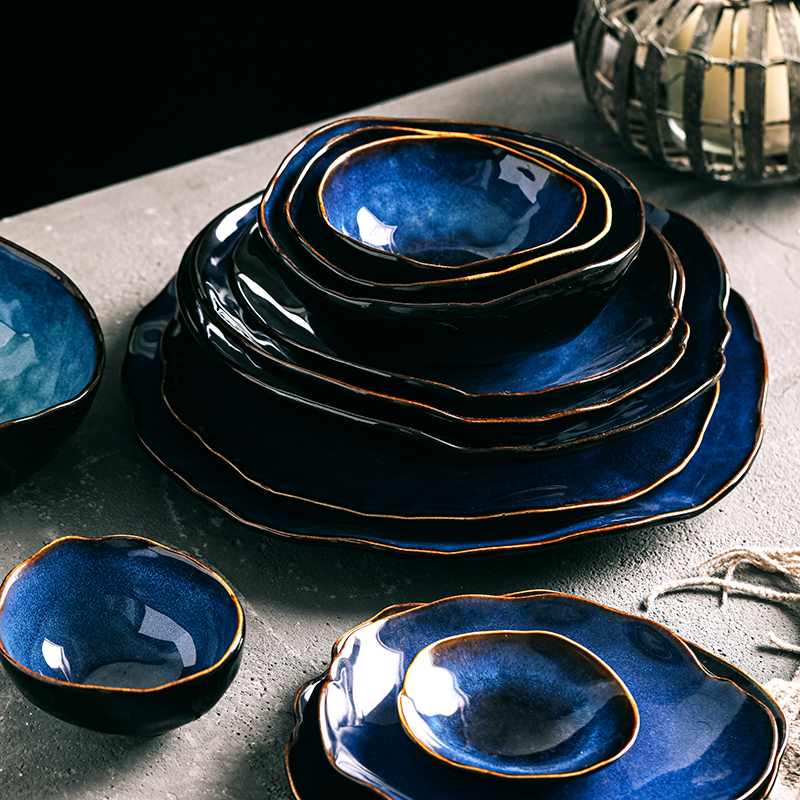Certainly! Here's a breakdown of the differences between pottery, earthenware, ceramic, stoneware, porcelain, fine porcelain, bone china, new bone china, terracotta, and dolomite:
Pottery: A broad term referring to objects made of clay that are shaped and then fired at high temperatures to harden them. Pottery encompasses various types, including earthenware, stoneware, and porcelain.
Earthenware: Earthenware is a type of pottery made from clay that is fired at relatively low temperatures. It is porous and less durable than stoneware or porcelain.
Ceramic: A broad term encompassing any object made of clay that has been fired. It includes pottery as well as other items such as tiles, bricks, and porcelain.
Stoneware: Stoneware is a type of ceramic made from a specific type of clay fired at high temperatures. It is dense, durable, and non-porous, making it suitable for everyday use in dinnerware and other applications.
Porcelain: Porcelain is a type of ceramic made from a fine type of clay fired at very high temperatures. It is known for its strength, translucency, and white color. Porcelain is commonly used for fine dinnerware and decorative items.
Fine Porcelain: Fine porcelain typically refers to high-quality porcelain made with special attention to detail. It often features delicate designs and superior craftsmanship.
Bone China: Bone china is a type of porcelain made with the inclusion of bone ash, typically derived from animal bones. It has a translucent appearance, strength, and is often used for fine dinnerware.
New Bone China: New bone china is a modern variation that substitutes synthetic materials for the bone ash found in traditional bone china. It shares many characteristics with traditional bone china but is often more affordable.
Terracotta: Terracotta is a type of earthenware made from clay that is reddish-brown in color. It is typically left unglazed and is used for items such as pots, sculptures, and architectural elements.
Dolomite: Dolomite is a mineral used in the production of ceramics. Dolomite flower pots, for example, are made from dolomite clay, known for its smooth texture and often white color.
In summary, while these terms all relate to ceramic materials, they differ in terms of composition, firing temperatures, properties, and uses. Each has its unique characteristics and applications in pottery and ceramics.
 Japanese Style Sake Cup Sets with Pot
Japanese Style Sake Cup Sets with Pot
 Home Living for Ceramic Dinnerware Sets and Mugs
Home Living for Ceramic Dinnerware Sets and Mugs
 Colorful Laser Engraving Logos
Colorful Laser Engraving Logos

